Lesson 4: From the land of King Hung to Lung Cu Flagpole - Ha Giang
If we imagine the North of our country as an open hand, the “thumb” area includes 4 mountainous provinces: Lao Cai, Lai Chau, Dien Bien and Son La. This remote mountainous area, bordering Laos and China on two sides, has “shaken the world” and contains many other interesting things that attract tourists.
From Lao Cai to Lai Chau
Rong May Glass Bridge - Lai Chau
We came to Lao Cai City (Lao Cai Province) not on a weekend but it was still bustling with tourists. This is a city with many advantages in economic and tourism development as it is located next to the "gem" of Sa Pa and has an international border gate with China. In particular, since the 265km Hanoi - Lao Cai expressway was built more than 10 years ago, connecting with the Khai Vien - Ha Khau expressway (China) at Kim Thanh Border Gate, which is part of the Trans-Asia Highway and the transport infrastructure development project of the Kunming - Hanoi - Hai Phong Economic Corridor, Lao Cai City has become more and more bustling. Visiting Kim Thanh - Lao Cai International Border Gate, then going along the Red River, the natural border between Vietnam and China, I felt the speed of trade development between the two countries as well as the efforts of both sides to help the huge volume of goods trade. Perhaps due to this favorable location, Lao Cai City continues to be the capital of the new Lao Cai province after the merger of Lao Cai and Yen Bai provinces.
Leaving Lao Cai City, our car climbed the pass for dozens of kilometers to Sa Pa. Sa Pa town was born in 1905, when the French chose to build a resort for the colonial administration. The name "Sa Pa" is a mispronunciation of the local language, meaning "sand beach". And this "sand beach" at an altitude of 1,600m above sea level with a cool climate all year round has now become a "magnet" attracting domestic and foreign tourists. It was difficult to find a place to park to get to the cable car station to the top of Fansipan at 3,143m high. It was worth the money (ticket price 800,000 VND/person) to experience the modern 3-wire cable car line with a length of more than 6,000m, the travel time to the "roof of Indochina" was only about 15 minutes instead of 2 days of dangerous mountain climbing as before. The cable car route has been certified by the Guinness World Records Organization for 2 records: 3-wire cable car with the largest difference between departure and arrival stations in the world and the longest 3-wire cable car in the world. The day I arrived, Fansipan peak was covered in clouds, visibility was limited, and the check-in photos were not as expected.
Leaving Sa Pa town, we followed National Highway 4D to Lai Chau, a distance of nearly 70km. As soon as we entered Lai Chau province, we immediately encountered a huge pass called O Quy Ho. Stopping at the top of the pass, looking towards Sa Pa, Fansipan peak was reflected in the sky, surrounded by white clouds. Going down O Quy Ho pass, we stopped to visit the Rong May Glass Bridge Tourist Area in Tam Duong district, Lai Chau province. It was the first time I took an elevator inside the mountain, then walked on a transparent glass bridge at a height of several hundred meters. Seeing me hesitate to step, the tour guide reassured me, "The glass bridge has been tested for cars before serving tourists."
Lai Chau city is beautiful, spacious but quite deserted. In the evening, we walked around the city, but could not find a bustling scene like in Lao Cai. The remote and isolated mountain pass has limited the number of tourists coming to this border province. We had dinner at a restaurant run by a Thai girl, and her Kinh husband was a waiter. It was the same chicken rice as in the lowlands, but the owner also served a dessert called "purple sticky rice". This is a traditional dish of the ethnic people in the highlands of Lai Chau, made from sticky rice soaked for 6-8 hours before being steamed. The characteristic and attractive purple color of the sticky rice is dyed with a plant called "khau cam".
Dien Bien sky white clouds
At the grave of hero Phan Dinh Giot
Continuing on the 200km mountain pass from Lai Chau City to Dien Bien Phu City, passing through strange yet familiar places such as Muong Lay, Muong Lat. “Muong Lat flowers return in the night air” (Tay Tien - Quang Dung). Arriving in Dien Bien, I saw everything around me in white: white Ban flowers blooming in the forest, white clouds on the mountain tops,... Suddenly remembering the lyrics of the song Anh Van Hanh Quan by Huy Du: “Dien Bien sky, white clouds/Wind on the back of the pass, victory/ Jubilant in the sunlight...”. “Back of the pass - victory - jubilant”, those phrases reminded me that I was in Dien Bien.
The first place we visited was the Relic Site of General De Castries' Command Bunker (full name is the Command Bunker of the Dien Bien Phu Base Group) in the center of Dien Bien basin. This used to be the workplace and resting place of General De Castries and the Command of the Dien Bien Phu Base Group. After 55 days and nights of fierce fighting, at 5:30 p.m. on May 7, 1954, our army captured General De Castries alive at his workplace. The flag of determination to fight and win was planted on the roof of De Castries' bunker, marking the defeat of the French colonialists in Dien Bien and Vietnam, marking the victory "Resounding throughout the five continents, shaking the world".
Relic of General De Castries' Command Bunker
Then we went to the A1 Hill Relic Site in Muong Thanh Ward, which used to be the most important stronghold in the French colonial stronghold in Dien Bien Phu. After many fierce battles, at 4:00 a.m. on May 7, 1954, our army captured A1 Hill, opened the steel door and marched straight into the center of the Dien Bien Phu stronghold. Next to A1 Hill is the A1 Martyrs' Cemetery located on the street named after Vo Nguyen Giap. The cemetery has 644 martyrs' graves, most of whom are unidentified. We bowed in awe before the four graves of heroic martyrs: Phan Dinh Giot, To Vinh Dien, Be Van Dan and Tran Can. I have studied and read many times about Phan Dinh Giot using his body to fill the loophole; To Vinh Dien using his body to block the artillery; Be Van Dan using his body as a gun mount. As for heroic martyr Tran Can, I do not know much about him. Narrator's words: In the battle of Him Lam Hill that opened the Dien Bien Phu Campaign, Tran Can was assigned to command a deep penetration squad to destroy the enemy command post. Despite the fierce firepower of the French army, Tran Can still bravely led the squad past the forward bunker to storm the command post and plant the flag on the bunker. Tran Can sacrificed himself on the morning of May 7, 1954, right before the moment of victory!
Peach still blooms
To Hieu peach tree (Son La Prison relic site)
Saying goodbye to Dien Bien Phu, we continued to travel 180km of mountain pass to Son La City. Although it was the end of the afternoon working hours, we still visited the Son La Prison Relic Site. Luckily, the person in charge of the relic site had locked the door and taken the motorbike away, but seeing that we came from the far South, he reopened the door for us to visit; at the same time, explained. Son La Prison was built by the French colonialists in 1908 mainly to imprison common criminals. In 1930, in order to suppress the rising revolutionary movement, the French colonialists built and expanded the prison with a total area of over 2,000m2 . From 1930-1945, the French colonialists exiled here more than 1,000 patriotic soldiers such as Truong Chinh, Nguyen Luong Bang, To Hieu, Nguyen Van Tran, Tran Huy Lieu, Xuan Thuy,...
In the ruins and aridity of the old prison, there is a green peach tree in bloom, with a sign at the base that reads: "To Hieu Peach Tree". The guide's words: Comrade To Hieu was born in 1912, and joined the revolution when he was young. In 1930, he was captured by the enemy and exiled to Con Dao. After being released from prison, To Hieu continued his revolutionary activities and was recaptured in December 1939 and sent to Son La Prison. To Hieu was classified by the enemy as a dangerous element and isolated in a corner cell of the prison. He had to do hard labor in isolation, and was not allowed to contact anyone except the guards. Despite being tortured and suffering from tuberculosis, To Hieu still worked secretly. During the 4 years in the "hell on earth" of Son La Prison, he mobilized and influenced many soldiers there, many of whom became enlightened and sympathetic and later joined the revolution. On March 7, 1944, To Hieu sacrificed his life in prison. The peach tree in the prison was named after him in 1945 when the revolution succeeded to remember the revolutionary fighting spirit of a steadfast soldier.
After the war and storms, the Son La Prison Relic was almost completely destroyed, but the peach tree named To Hieu remained intact. The peach tree continued to spread its branches and bloom, affirming the strong vitality, indomitable will, and arduous struggle of the loyal revolutionary soldiers. We visited the relic sites, with very strange names such as Underground Cell, Cross Cell, Three-room Camp, etc. When listening to the explanation, we could not help but shudder with horror at the cruelty of the colonial prison regime as well as being proud of the indomitable will of the revolutionary soldiers!./.
Sunlight streak across Vietnam: From the land of King Hung to Lung Cu flagpole - Ha Giang (Part 4) On the top of Dragon Mountain in the distance, Lung Cu Flagpole still stands tall in the night, the bright red flag illuminated by solar lights stands out against the night sky. |
(to be continued)
Nguyen Phan Dau
Lesson 6: The Four Great Passes of Vietnam
Source: https://baolongan.vn/vet-nang-xuyen-viet-lao-cai-lai-chau-dien-bien-son-la-bai-5--a195354.html


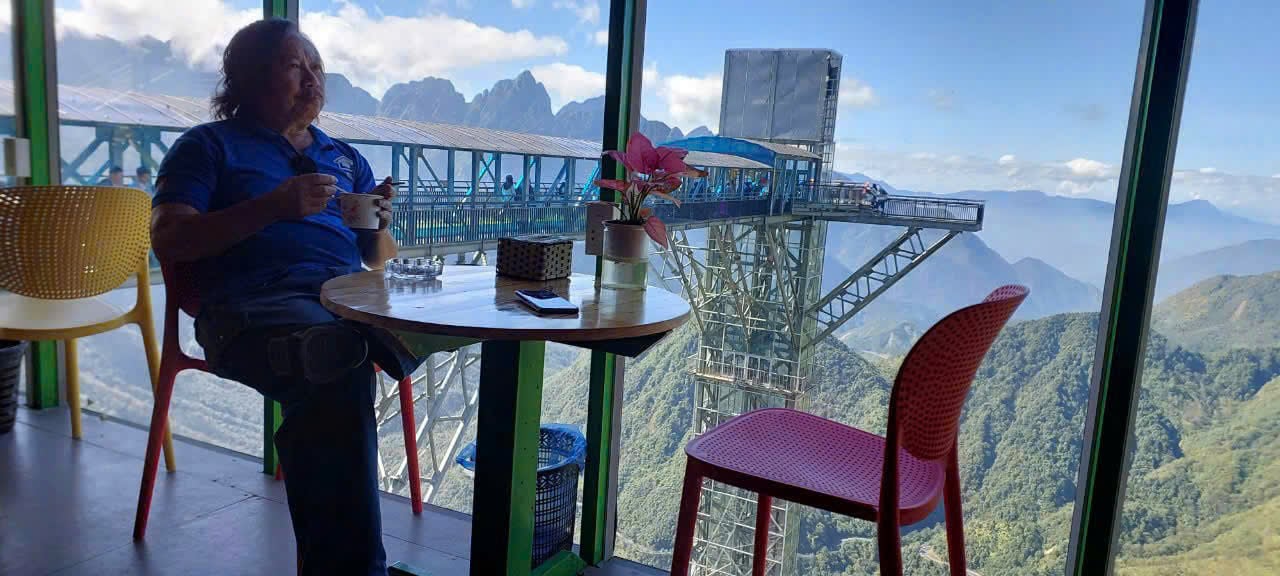
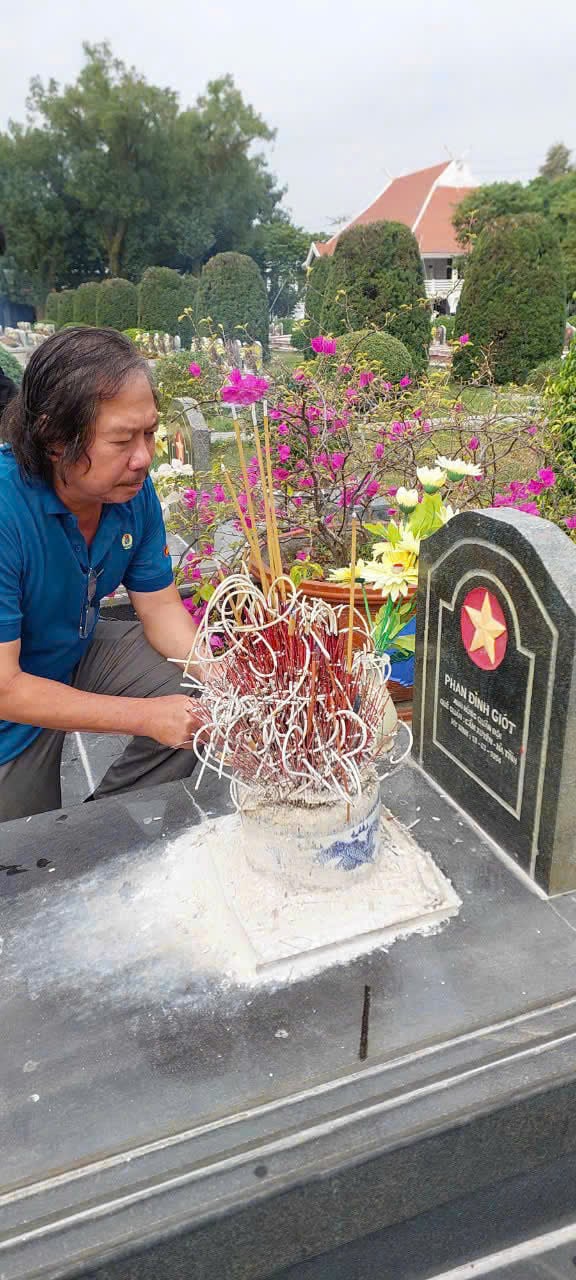
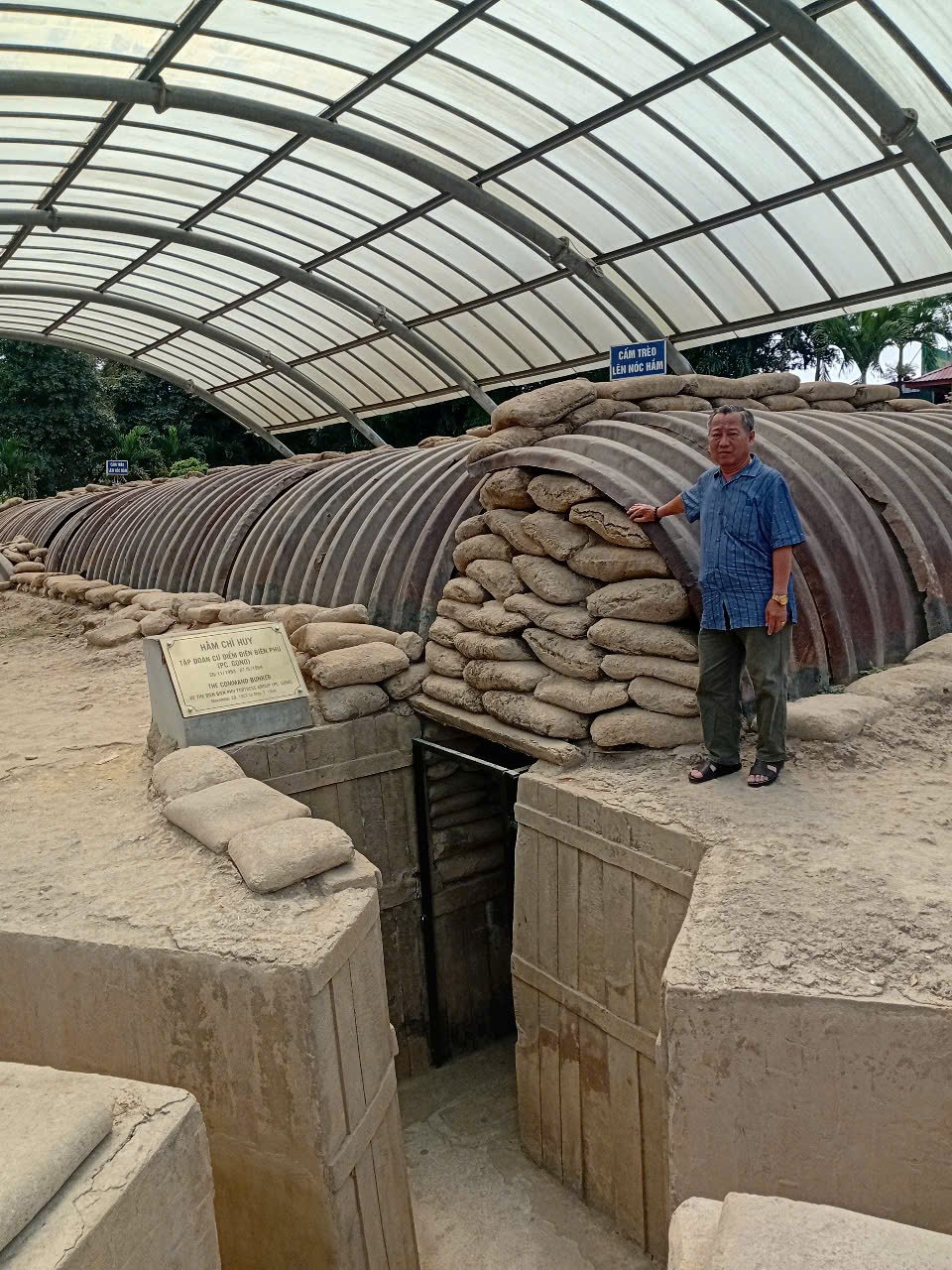
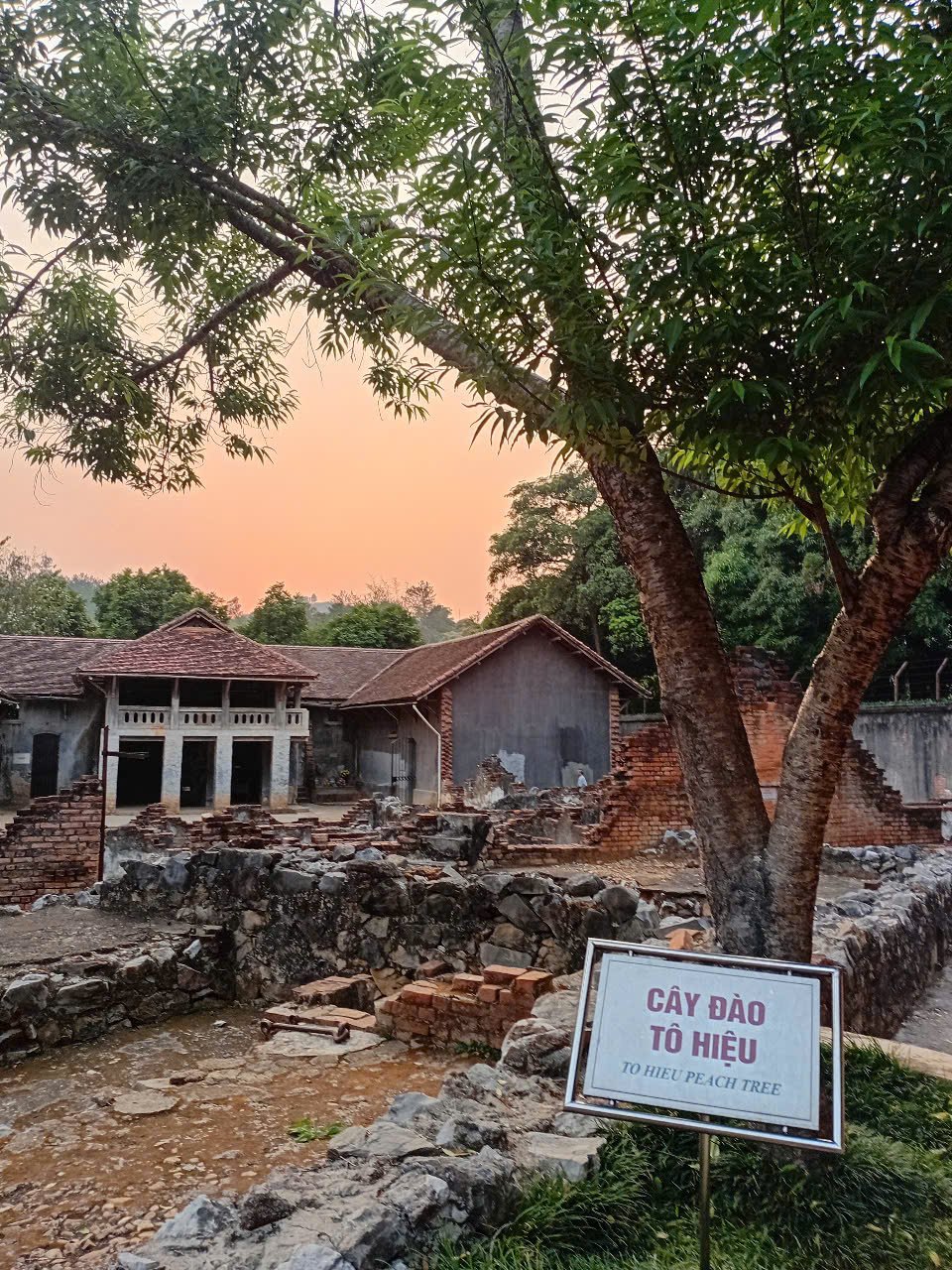


![[Photo] Party and State leaders visit former President Tran Duc Luong](https://vphoto.vietnam.vn/thumb/1200x675/vietnam/resource/IMAGE/2025/5/24/960db9b19102400e8df68d5a6caadcf6)



![[Photo] Ho Chi Minh City holds funeral for former President Tran Duc Luong](https://vphoto.vietnam.vn/thumb/1200x675/vietnam/resource/IMAGE/2025/5/24/9c1858ebd3d04170b6cef2e6bcb2019e)
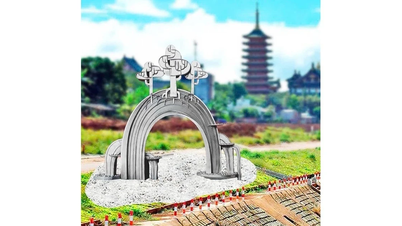

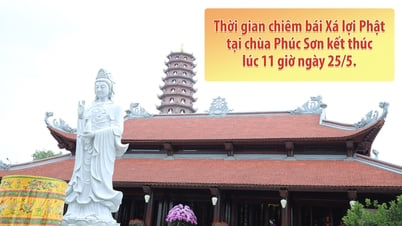

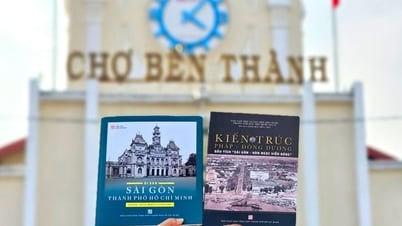

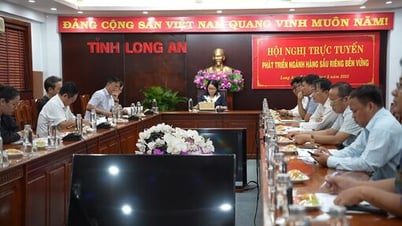
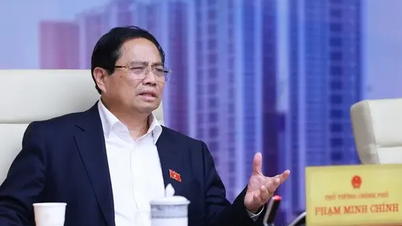







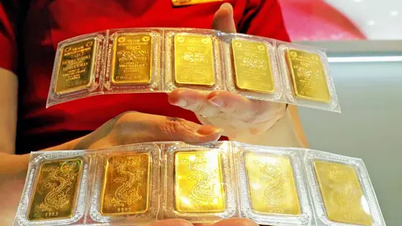
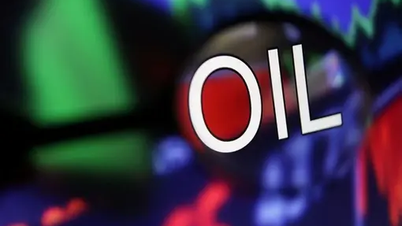

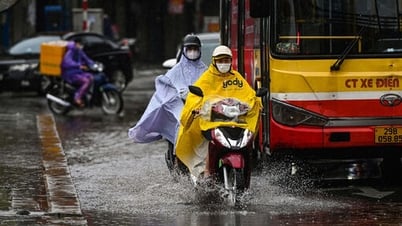
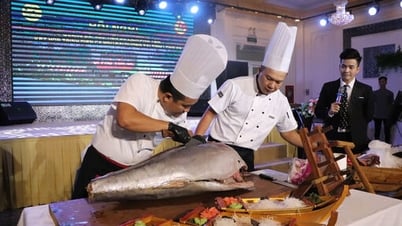
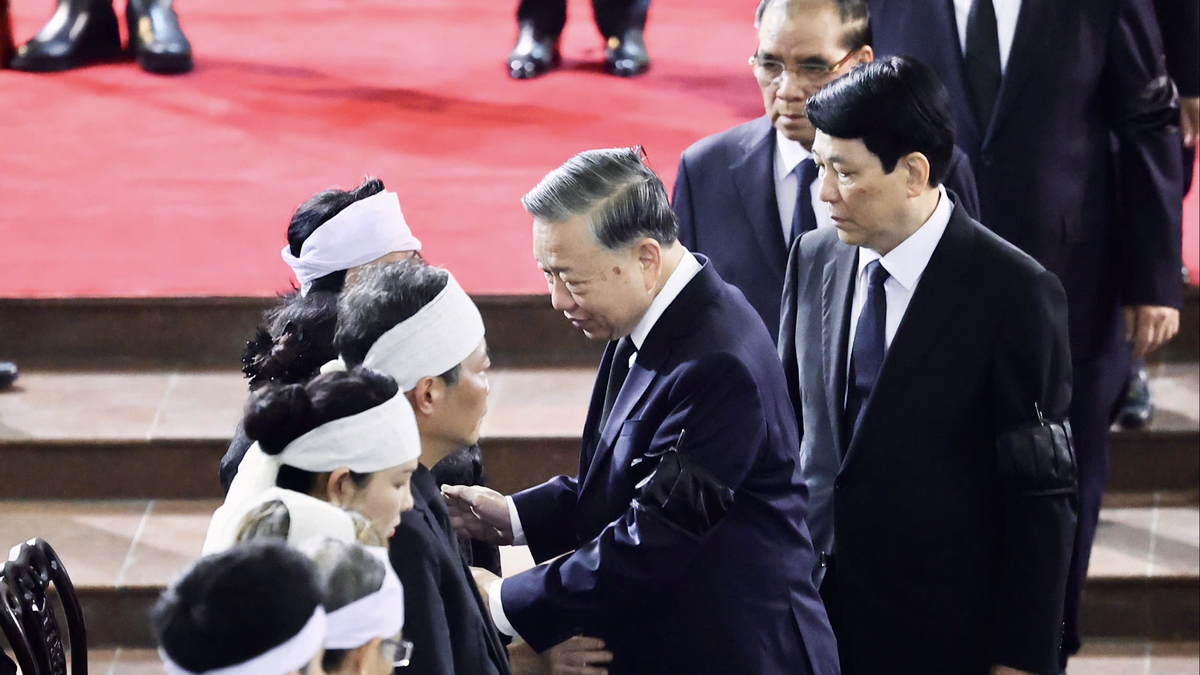




































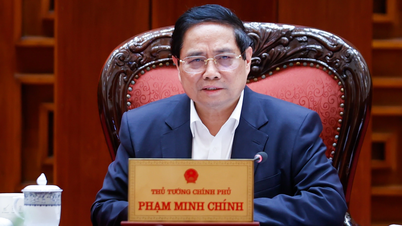












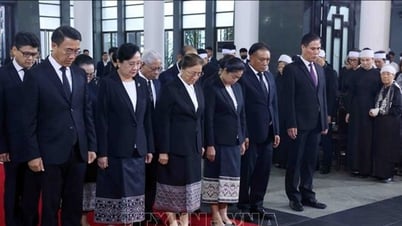

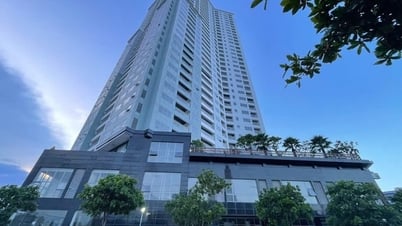
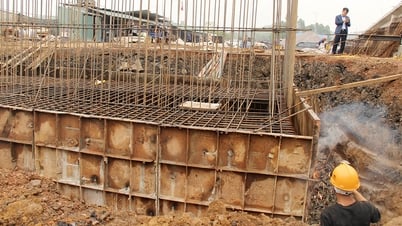
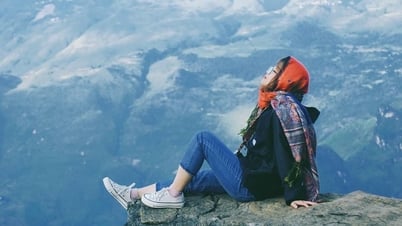












Comment (0)